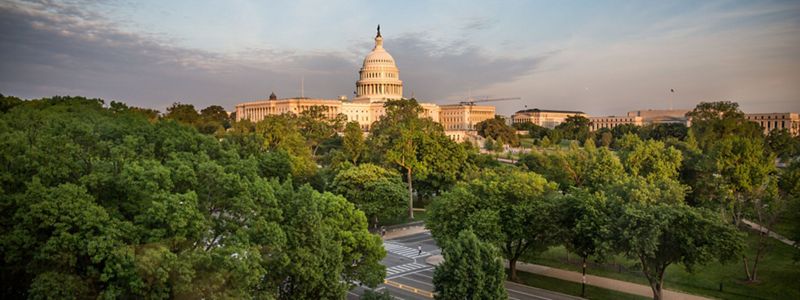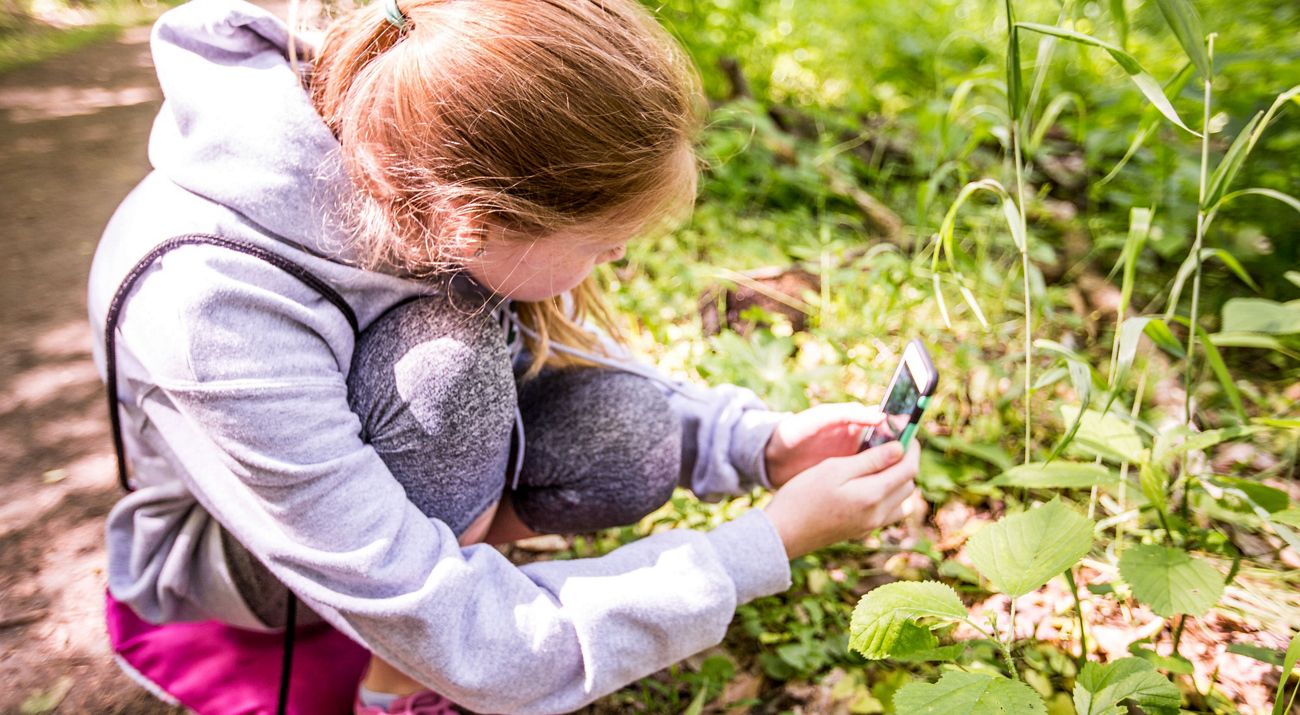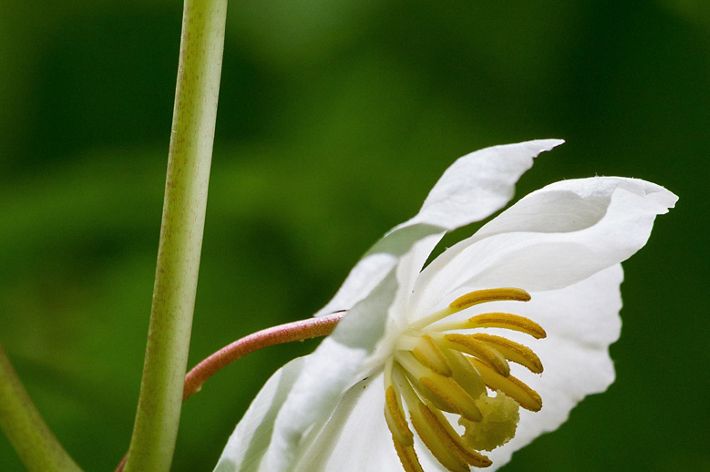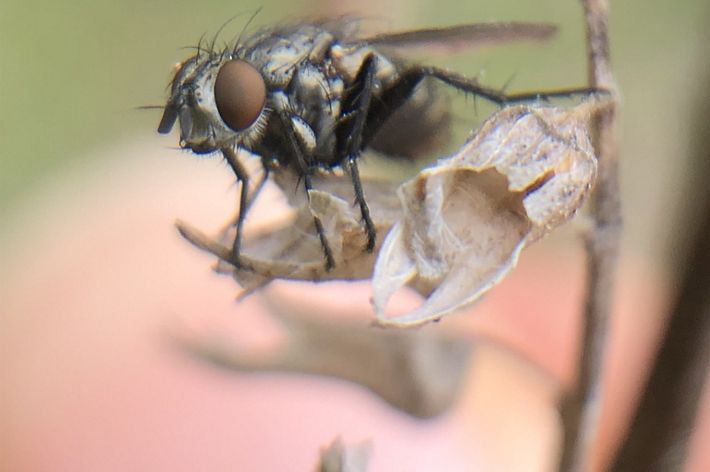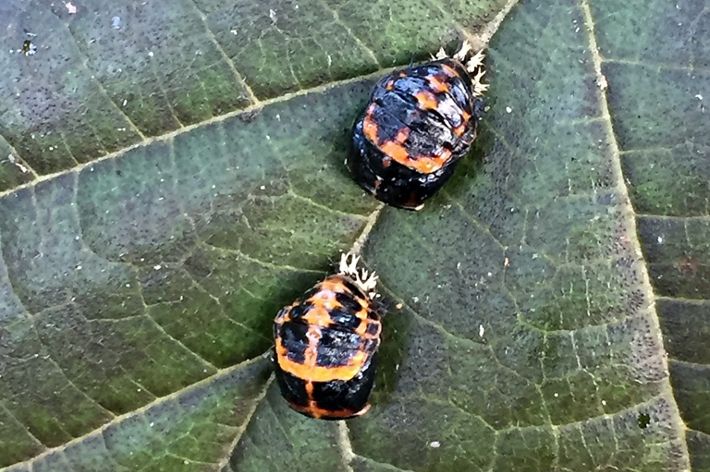City Nature Challenge
Discover and document the biodiversity of our urban spaces.
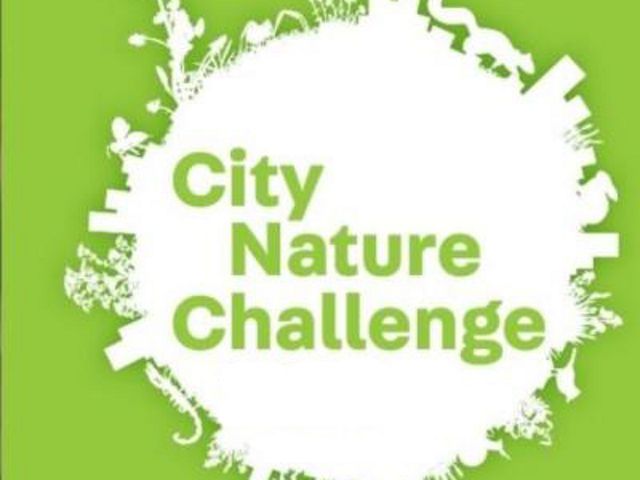
Explore Your World
The City Nature Challenge (CNC) is an international community science effort to discover and document plants and wildlife in cities across the globe. The observation period of CNC 2023 takes place April 28 - May 1, 2023
Use the iNaturalist app to join a CNC project for your city or area, and head outside to snap photos of plants, fungi and wildlife. Don’t let the word “city” fool you—observations can be made anywhere, including your own backyard!
During City Nature Challenge, people across the globe photograph and upload images of nature to iNaturalist.org, contributing to our body of knowledge and—hopefully—helping their city win an accolade. 67,220 participants in more than 400 cities around the world made 1,694,877 observations during 2022's CNC.
The District of Columbia rose to the occasion, ranking second globally for number of participants (just behind La Paz, Bolivia) and fifth for number of observations. The lovely native mayapple (Podophyllum) topped the list as the number one plant species observed. Other interesting finds in the area included silver-haired bats and alien-like eggs from the spiny assassin bug.
Baltimore put in a strong performance for number of observations and species identified. Out of the 8,016 observations made in the city, more than half (57.36%) are considered research grade, meaning they can be used by scientists around the world.
Maryland/DC Director of Land Conservation Deborah Barber is an avid member of the CNC community. Here she shares her City Nature impressions and observations.
What kind of wild species can you spot at one-minute past midnight on a rainy spring night?
That’s the question DC-area community scientists ask themselves each year. There’s stiff competition to be the first person to post a photo of a wild organism to the iNaturalist app and become Washington, DC's first City Nature Challenge observer.
The event has grown by leaps and bounds since it began in 2016 as a friendly competition between San Francisco's California Academy of Sciences and the Natural History Museum of Los Angeles County. The aim remains the same—find out which city can spot the greatest number of wild species, find the most diversity of species and engage the most observers.
One exciting find for the DC metro in 2020 was a white-spotted slimy salamander (Plethodon cylindraceus) observed by a high school student in Arlington, VA. Endemic to the eastern US, this was the first sighting recorded in the county since 1977.
Zoom In, Zoom Out
iNaturalist, like The Nature Conservancy itself, is both deep and broad, highly local and powerfully global. Zoom in, zoom out, you’ll see amazing things at every level.
Zoom in: I posted a photo of a ladybeetle larva in my garden, then learned from other users that the Asian species has forked bristles; the natives’ bristles are single-tipped. Now I know what to look for! Zoom out from any observation and you can see the global distribution of that species.
With a few more clicks, you can see how each organism fits into the entire taxonomical tree of life. Likewise, with TNC, I can spend a morning at work monitoring a plant found only in one small patch in Maryland, then in the afternoon share conservation strategies with TNC colleagues from Mongolia, China or Indonesia.
iNaturalist and TNC are both constantly learning and evolving. iNaturalist’s computer vision, added in 2017, becomes smarter as users identify photos of organisms.
When I started working at the Maryland/DC Chapter, one of my first plant monitoring projects was documenting the steady decline of a rare wildflower, Canby's dropwort (Oxypolis canbyi). Now we have learned that it needs fire to thrive. We are burning its habitat and watching it multiply, and we are working with partner organizations to develop regional strategies to develop a more fire-friendly culture for natural area managers.
Friendly Competition
I’m not normally a competitive person, but when the City Nature Challenge begins, I will be out at midnight helping the DC area make the best possible showing.
What observations have DC-area iNaturalists submitted in the moments past midnight? Photos of a flashlight-illuminated ichneumonid wasp, a shield lichen, raccoon tracks on a trash can, a kitchen pantry moth and an audio file of a mockingbird singing its late-night song all have contributed to our picture of the diversity of life in Washington, DC.
City Nature Challenge Observations
Discovering the wild world in Washington, DC.


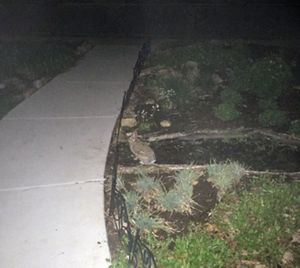
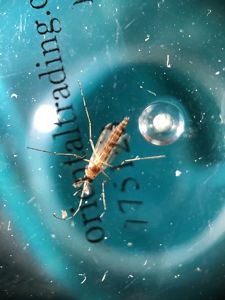


City Nature Challenge 2019: Young naturalists on the hunt for critters during the Maryland/DC chapter's "Moths in the Morning" guided hike. © Bridget Moynihan / TNC

City Nature Challenge: A dogwood in bloom during a guided hike of the US Capitol grounds during the 2018 City Nature Challenge. © Bridget Moynihan / TNC

Eastern Cottontail: (Sylvilagus floridanus). On of the first observations of the 2018 City Nature Challenge, recorded at 12:10 am. © Deborah Barber / TNC

Genus Aedes: Observed during the 2019 City Nature Challenge. © Deborah Barber

City Nature Challenge 2019: TNC's Bridget Moynihan and naturalist Melanie Choukas-Bradley show their love for nature during the Maryland/DC chapter's "Capitol Trees" guided hike. © TNC
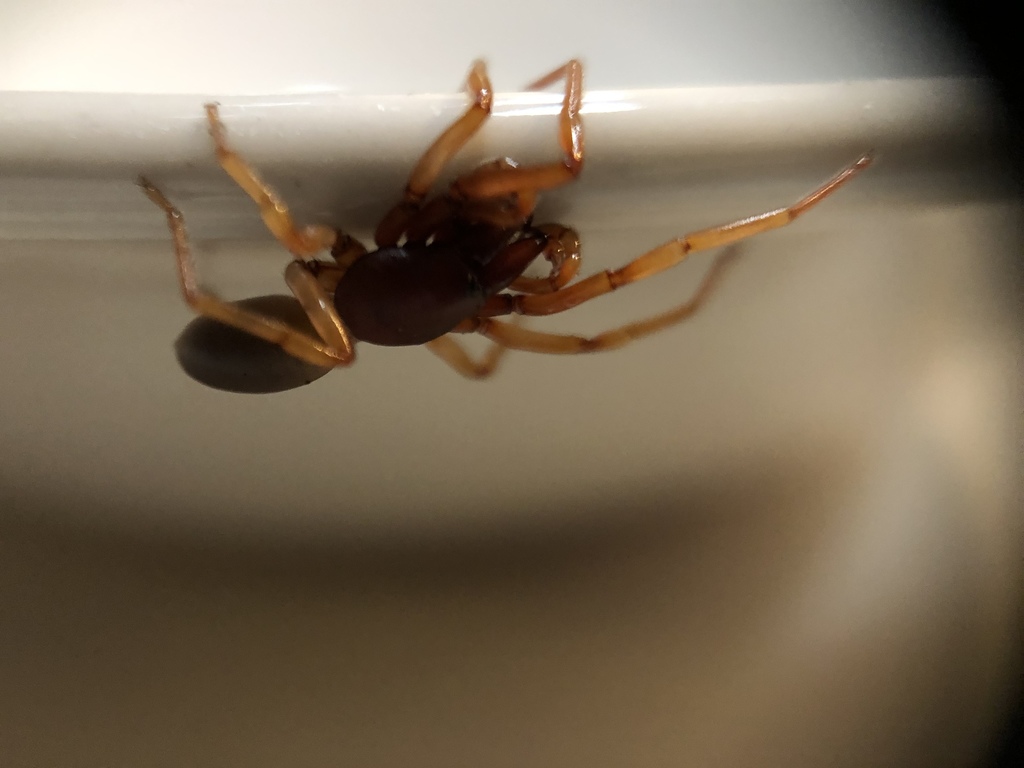
Explore Your World
There are many ways to look for nature in your home or backyard.
Discover the plants that are growing on their own and the insects and pollinators that live in and around our homes and yards. You never know what you mind find!
HOW TO FIND INSECTS
Insects are probably some of the easiest organisms to find in and around our homes, since they’re abundant and incredibly diverse! But where should you look to find them? What can you use to catch them?
These sites provide some guidance on how to find and temporarily hold insects. Be sure to release them after you've posted your observation on iNaturalist!
MOTH LIGHTING
Setting up a light and a sheet to attract moths is a simple and easy way to bring more nature into your backyard. Photographing moths on the sheet is easy, and you’ll definitely attract other flying insects as well!
Science Friday has a great set of instructions for observing moths, and the Devon Wildlife Trust's video shows how to build your own moth light to attract a wider variety of moths. (Note: in the video, "torch" is British for flashlight.)
How You Can Take Part
It's never too early to start honing your observation skills! It’s easy to get involved using the iNaturalist app (free on the App Store and Google Play). Just take a picture of a plant or animal and upload it to the app.
Explore our collection of recorded webinars for guidance and tips for recording observations in the iNaturalist app, engaging children with nature using the iNaturalist and Seek apps, tips and tricks to elevate your nature photography, and guidance on properly identifying CNC observations.
When you're ready to start observing, use our photo gallery of local TNC preserves and partner sites below to help you get started or explore your own backyard or neighborhood parks. There's nature all around you!
Start Exploring
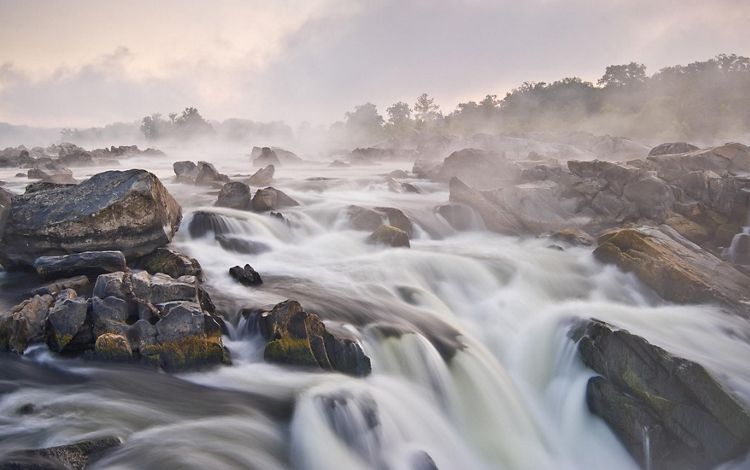
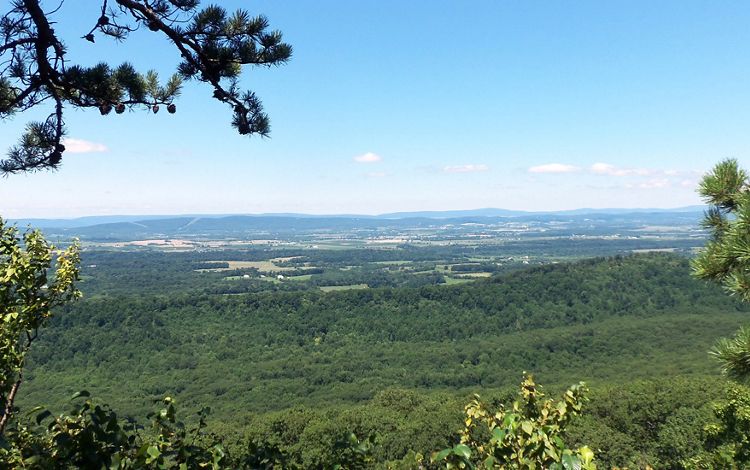
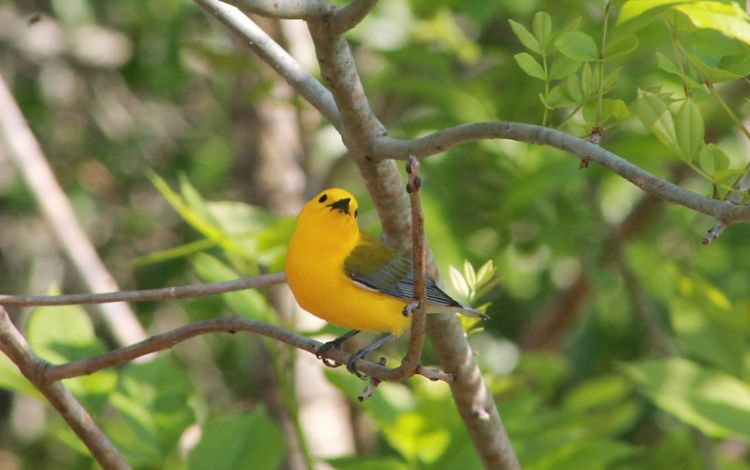
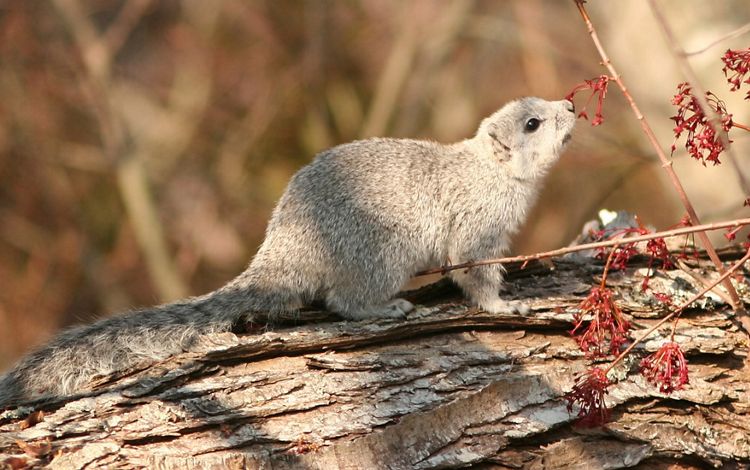
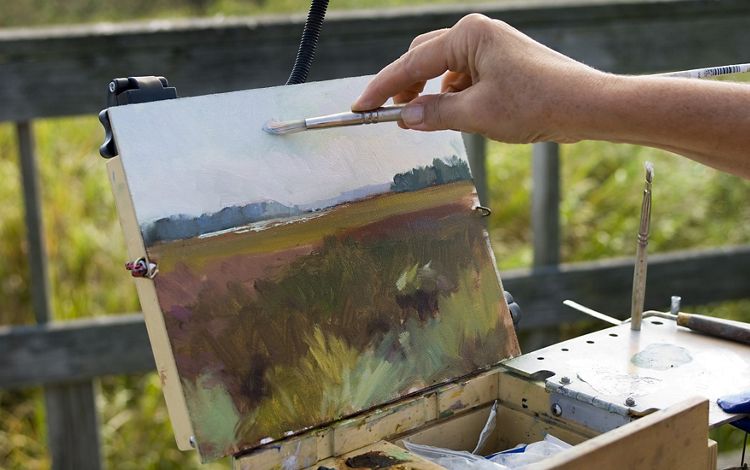

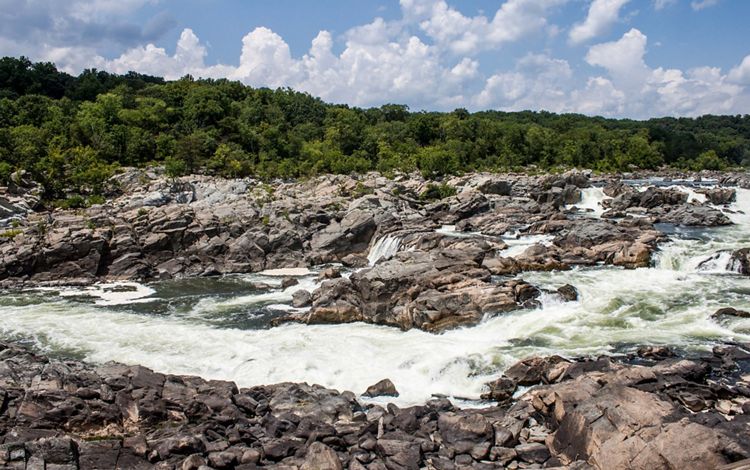
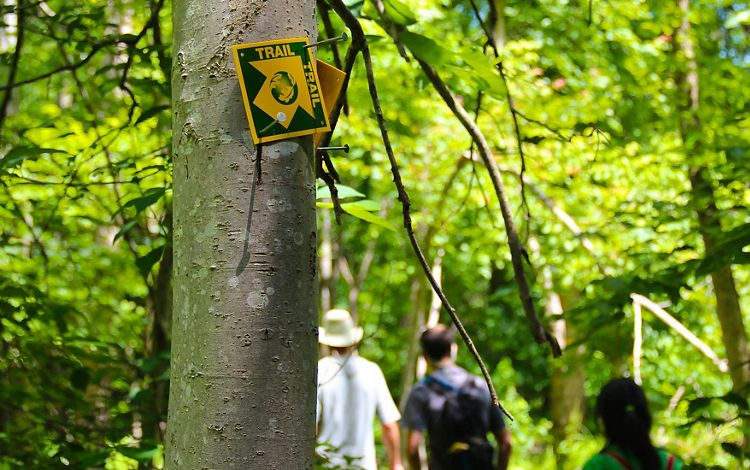
Stay In Touch
Sign up to receive monthly conservation news and updates from Maryland/DC. Get a preview of Maryland/DC’s Nature News email.
